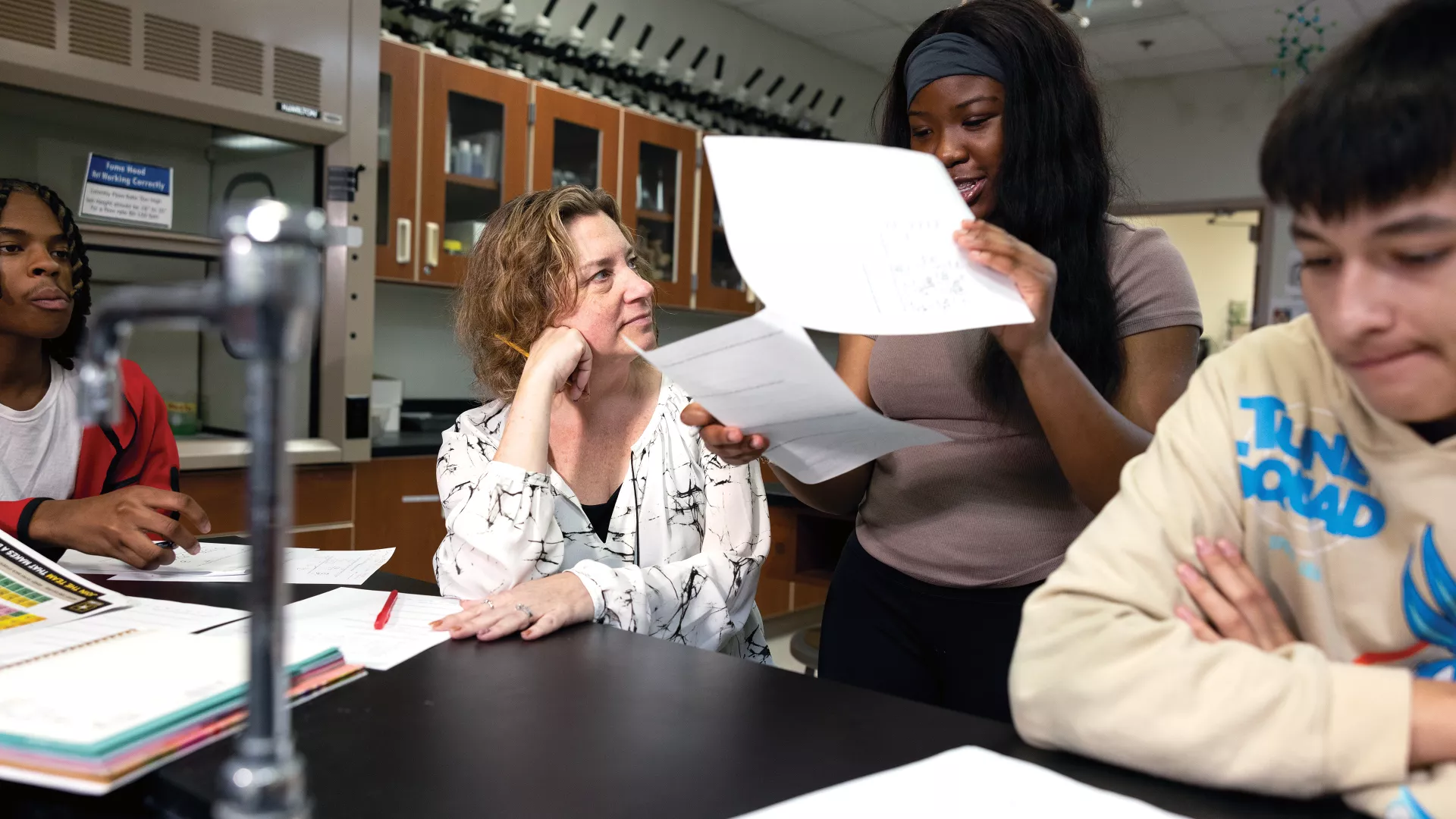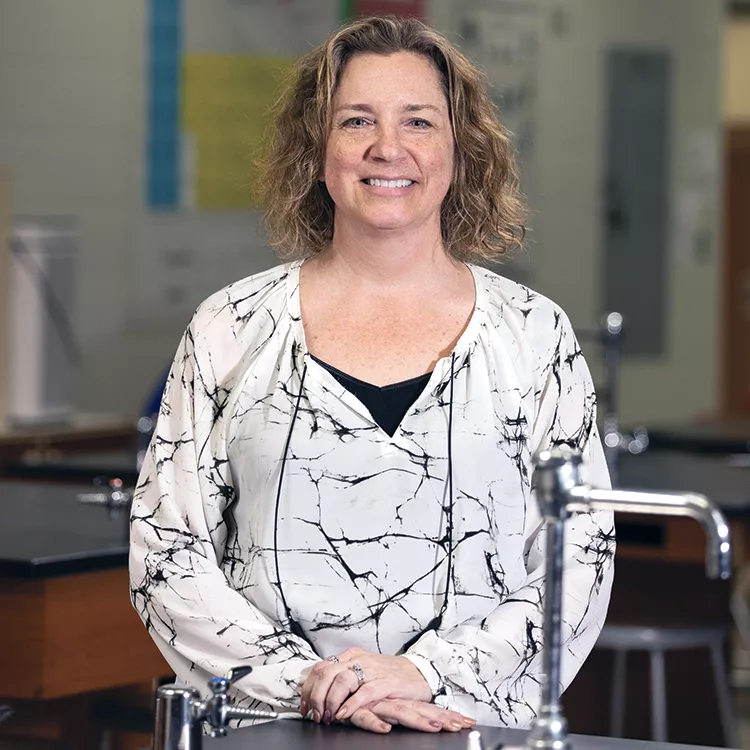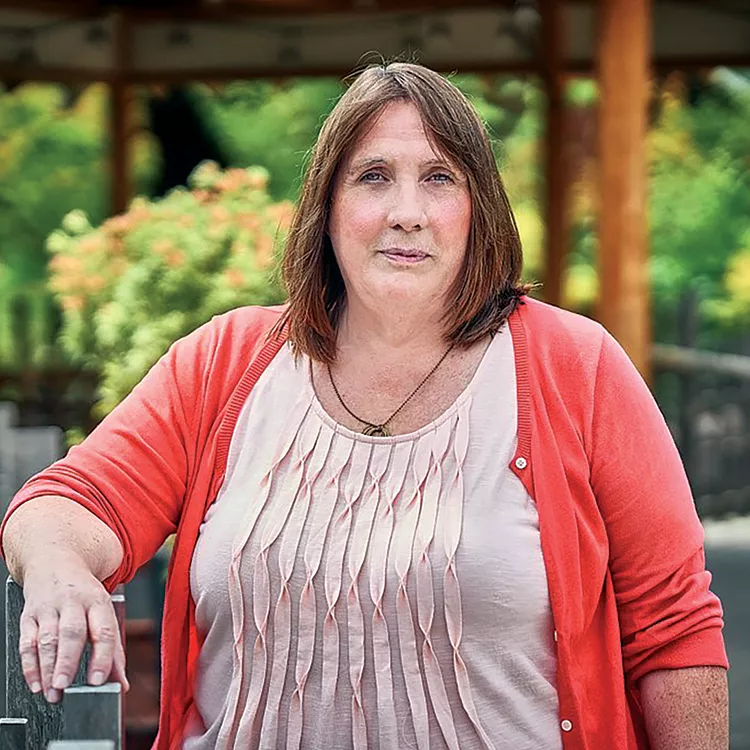In the first 25 years of Jody Murphy’s career, her students never answered a phone call in the middle of chemistry class. Then the pandemic happened.
“The students I have today are not the same students they were pre-COVID,” says Murphy, who teaches at North High School, in St. Paul, Minn.
Vexing, yes. But surprising? Not at all.
“Given all of the challenges of the pandemic, it’s no wonder kids aren’t engaged the way they were,” she says. “We need to find new ways to reengage them by recognizing where they are now.”
After attending NEA’s Accelerated Learning Program convening last February, Murphy feels like she has a road map to follow to get her students back on track.
She admits that feelings of defeat have plagued her and her colleagues, but after the meeting, she says, “[I feel] super-excited about education again. … I’m ready to jump in with both feet!”
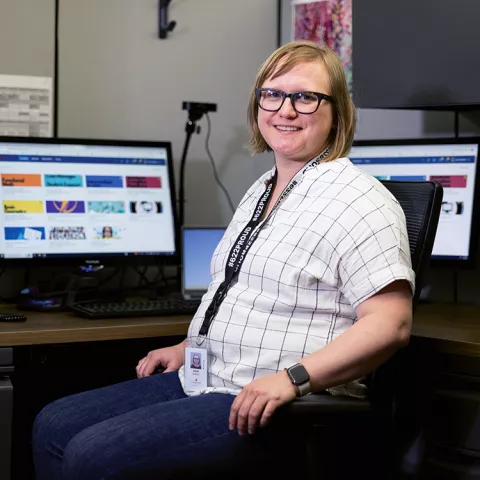
As schools look at student learning post-pandemic and communities react to standardized test scores, NEA members are leading the conversation about how to boost student learning. Teams of education stakeholders—including educators, district leaders, and a parent or community representative—gathered for three days, in Los Angeles, last winter to explore best practices to accelerate student learning and offset learning delays.
NEA leaders invited 10 district teams to collaborate and share their experiences. They left the event with action plans grounded in education improvement science—meaning the application of small, measurable, and individualized changes that address specific issues in an educational setting and help uncover the root causes of problems. Each team developed local plans for 30, 60, and 90 days from conception to implementation.
There is no one-size-fits-all approach to accelerating student learning. The goal of the convening was to provide teams with ideas, insights, and planning time to develop multiple models that can be tailored to meet the academic and societal needs of individual communities across the country.
Murphy was part of the School District 622 North St. Paul-Maplewood-Oakdale Education Association team. Their first priority is to amplify student voices as a way to reengage them.
As a first step, Murphy has distributed surveys to students asking about changes they would like to see.
“One of the first questions I asked is what can I do to make [students] feel more supported,” she says. “If we want them to buy in, we have to change. This is the first generation of students who’ve lived with this kind of upheaval. If teachers don’t acknowledge that and change how they teach, we’re not going to make a difference.”
Fellow team member Jana Hedlund agrees. “We’ve experienced some of the most challenging years in teaching,” says Hedlund, who teaches high school special education. “Our kids need a new way of framing education and new ways of supporting them so they can get reconnected and be successful in school.”
The Accelerated Learning Program offers problem-solving around those issues.
The rush to return to in-person teaching and get “back to normal” was what everyone wanted, but there was little time to reflect, Hedlund adds.
“We forged ahead so quickly we didn’t have time to work with our district and have the conversations to learn from what we went through,” she says. “The Accelerated Learning Program is an opportunity to take a step back and do that. In collaboration with the district, union, administrators, families, students, and the community, we can adjust what we’re doing moving forward.”
How Do We Assess Students and Schools?
Reimagining engagement goes hand in hand with reimagining assessment.
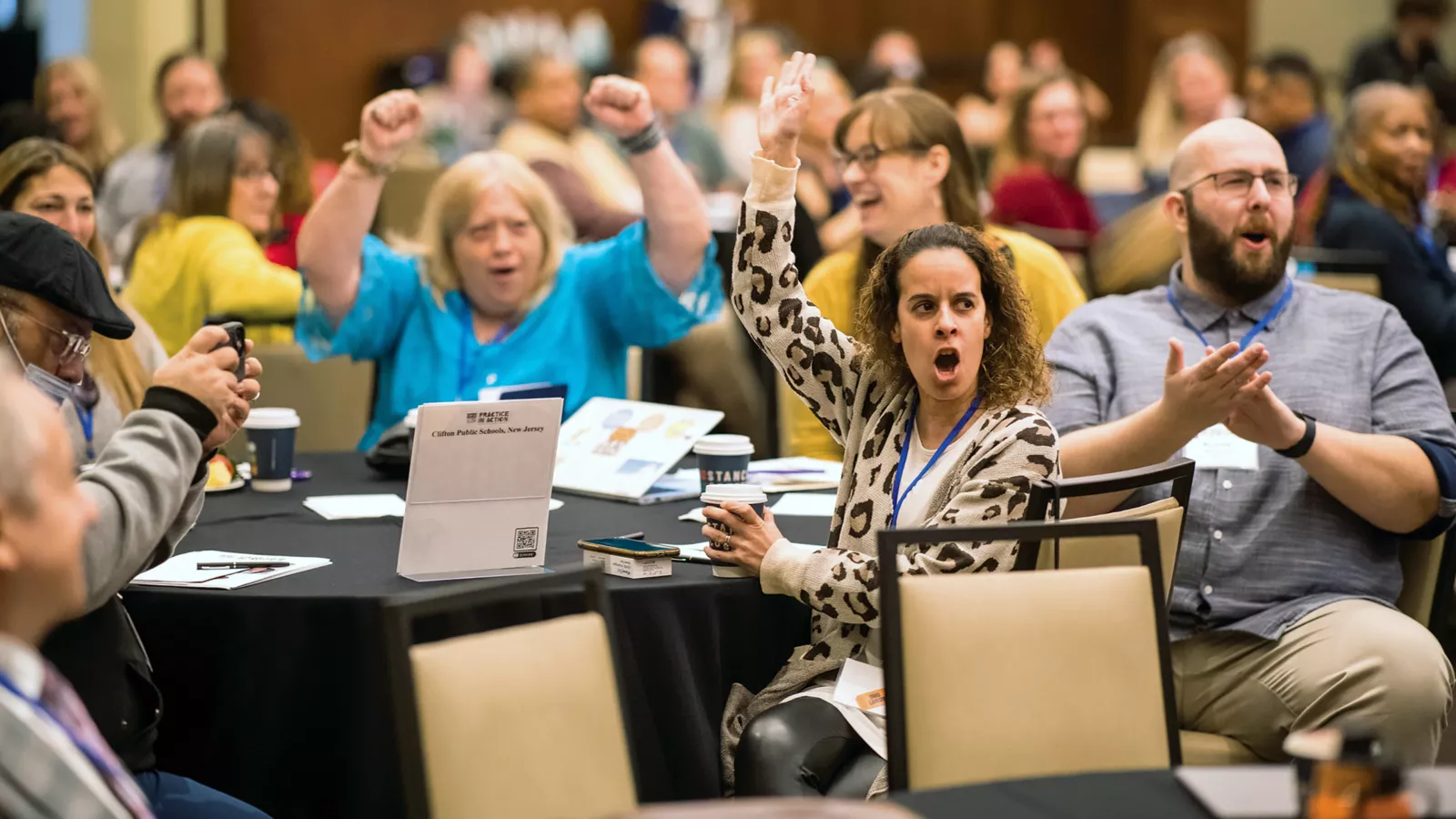
A Conversation with Team Clifton
Located just outside of New York City, Clifton, N.J., is a culturally and socioeconomically diverse community where 67 different languages are spoken. Some students come from low-income backgrounds, while others are quite affluent.
The tagline of the Clifton Education Association is, “Diversity is our strength.”
The team is determined to build on that strength as part of their work in NEA’s Accelerated Learning Program. They are stakeholders with a voice in how their schools are run and how students are taught. Here’s how members plan to achieve their top priority—increasing community engagement.
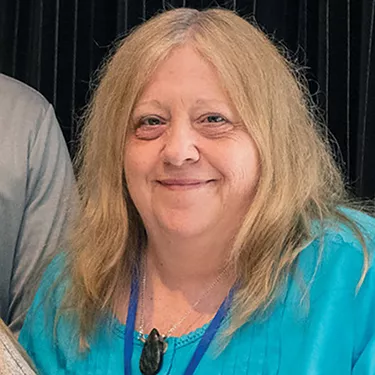
Lori Lalama, computer teacher at Christopher Columbus Middle School, Clifton Education Association president
“One Clifton” is our goal. We want more ideas from the community, we want to know what they need and what we can provide. We will build on our FAST program—Families and Schools Work Together—to provide homework help, so parents have tools to help their children. This includes game nights with parents and children to support math curriculum, bilingual parenting meetings, and events that celebrate the many foods and cultures of our community.
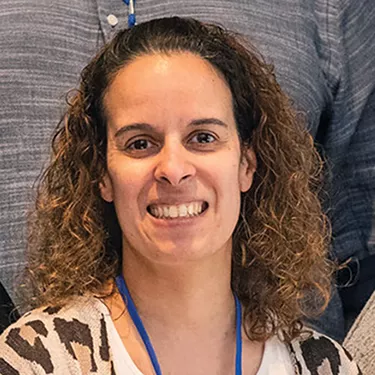
Martha Andrea Orrok, kindergarten/ELL teacher, School 12
We have spoken to our superintendent to try to get translators in at least two of our major languages—Arabic and Spanish—to attend the board of education meetings. We also plan to reach out to community groups that can help with mentoring. We strongly believe that involving all members of the community without restrictions will help our students succeed.
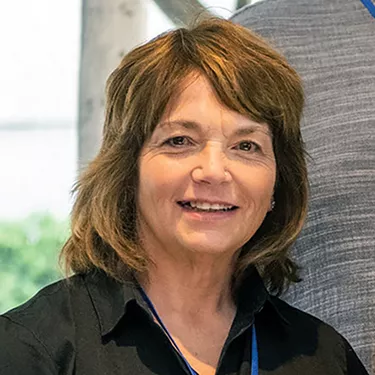
Judy Bassford, parent and community ally
We have a lot of immigrants here who have had bad experiences with “authority” in the past. They associate the school with authority, and there is a lot of fear. Many don’t enter the schools. They ask an older child or a cousin to be a translator at home. We want them to know that we are here to support them. We will help them with academics and other resources. If they need food or clothes, everything from prom dresses to Halloween costumes, we all know somebody we can call. The community is big, but we’re a small town. We really care about each other and who we serve.
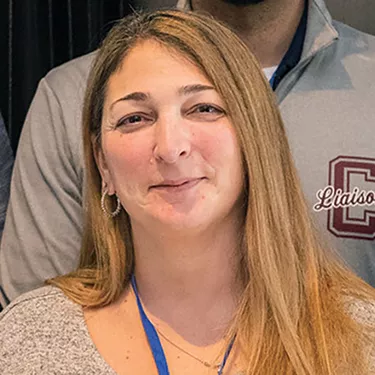
Laura Zagorski, principal, School 17
We do need to rethink how we serve our community. After the pandemic, struggles have intensified. The needs are greater. We need to rethink how we focus on the whole child and the whole family.
Michael Tecza, social studies teacher, Woodrow Wilson Middle School
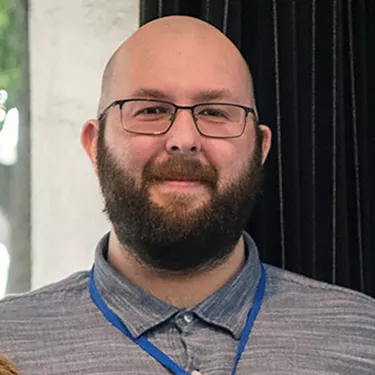
COVID-19 put a wedge between parents and schools. We need to bridge that gap again. When families are involved, students are more engaged, and student engagement can lead to more family involvement. For example, we want to create more cultural events, where high school students connect with their younger siblings and students in other schools. The students can spearhead these events and encourage their families to be involved.
Ahmad Hamdeh, principal, Clifton High School
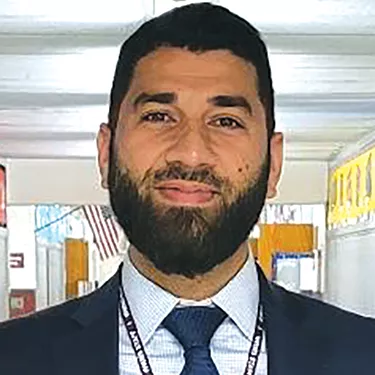
We’ll offer workshops on how to be engaged or how to use the parent portal.
We want to host a multicultural festival where students perform dances from their cultures and the cafeteria serves foods from many of their countries. We want families to know we are a part of their village. We want to help them help us help their kids.
Paraeducator power
Every team in NEA’s Accelerated Learning Program convening included a paraeducator and a teacher who provided feedback as teams worked on local plans. With this level of collaboration, teams ensured that all school community members had a voice and role in supporting student learning.
Andrea Beeman, Ohio special education paraeducator and adviser to Clifton, New Jersey, team
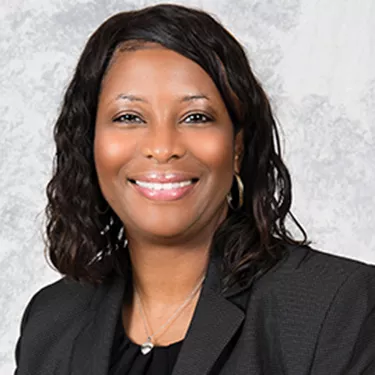
Our students need so much to close the achievement gaps and support social and emotional learning. They need small group instruction in reading and math as well as tools to help them process the trauma experienced as a result of the pandemic.
To support this work, the education team must understand paraprofessionals’ critical role in learning recovery. We must include paraprofessionals in education teams to support certified educators. We need to see how essential these individuals are to student learning.
School districts can’t afford to use paraeducators as glorified babysitters anymore. They must receive quality professional development, time for team collaboration, and wages that enable them to support families.
Laura Warren, Oregon special education paraeducator and advisor to Dolton, Illinois, team
The pandemic has led to huge losses and missed learning opportunities for our students across the nation. Many students have severe deficits and cannot just take up where they left off. The path to learning recovery is steep, but not impossible if we work together.
Paraprofessionals play a vital role in the learning recovery process. Paras have the knowledge and flexibility to provide small group and individualized instruction that is difficult for teachers to provide. They partner with classroom teachers and specialists to deliver instruction designed to help students advance quickly and address specific skills.
Paras also assist with the escalated behaviors exhibited by many students that get in the way of their learning. They build close bonds with students and support their learning as well as their emotional needs. They work tirelessly to make sure students are ready to learn by providing support around food insecurity, safety, and so much more.
Too often, experienced paraeducators are leaving the profession because of the lack of support and recognition of the professionals that they are. Low wages make it impossible for many to stay in the profession, even though that is where their heart is. They find that they cannot exist without being on public assistance to meet their monthly living expenses, even while working in education full time. This creates a shortage of paraprofessionals needed to do this work.
Professional development is extremely important for this group. Paraprofessionals need the tools to effectively address the needs of each student. Paras are indispensable and must be part of the learning recovery process in order for it to succeed and put our students back on track.
Supporting Accelerated Learning
Find resources to support accelerated learning and close achievement gaps.

Education News Relevant to You
Get more from


